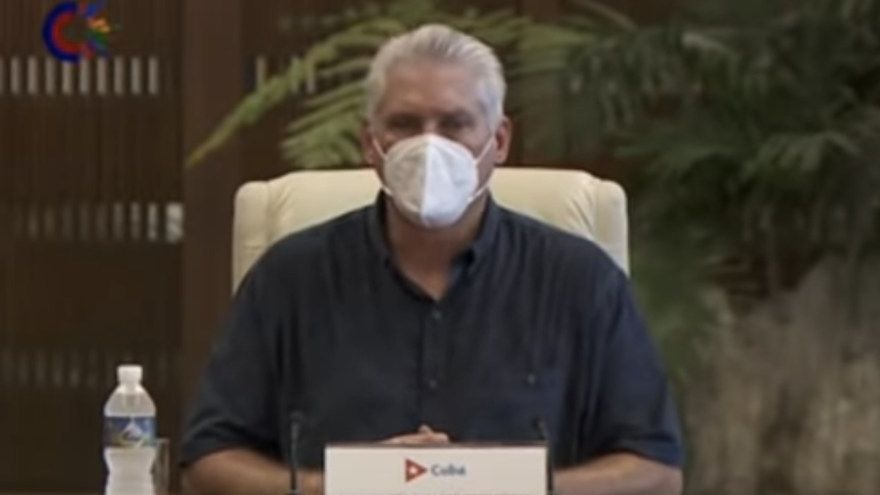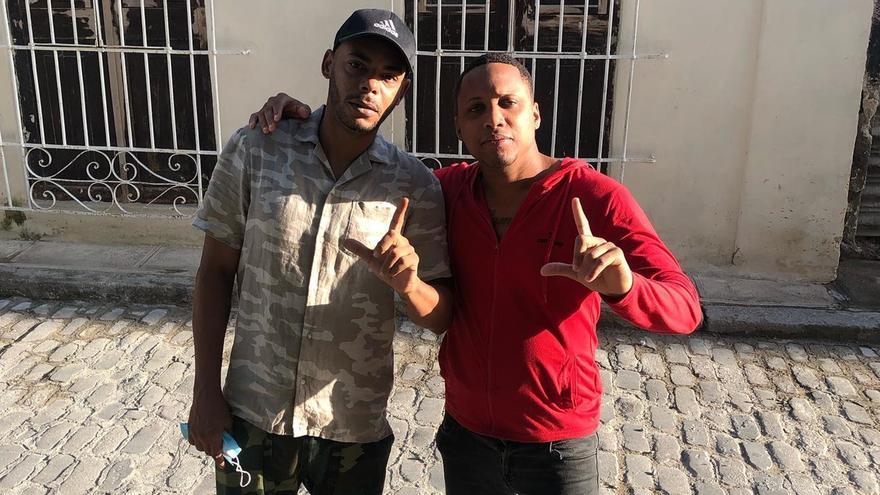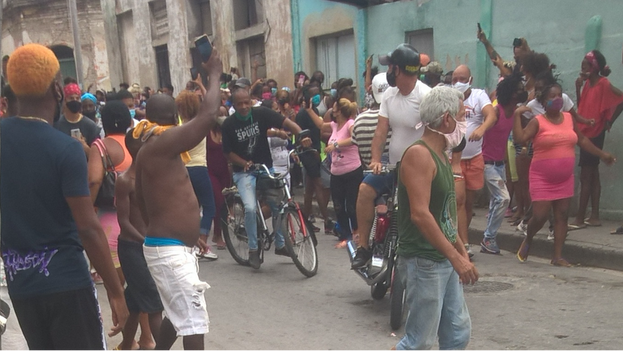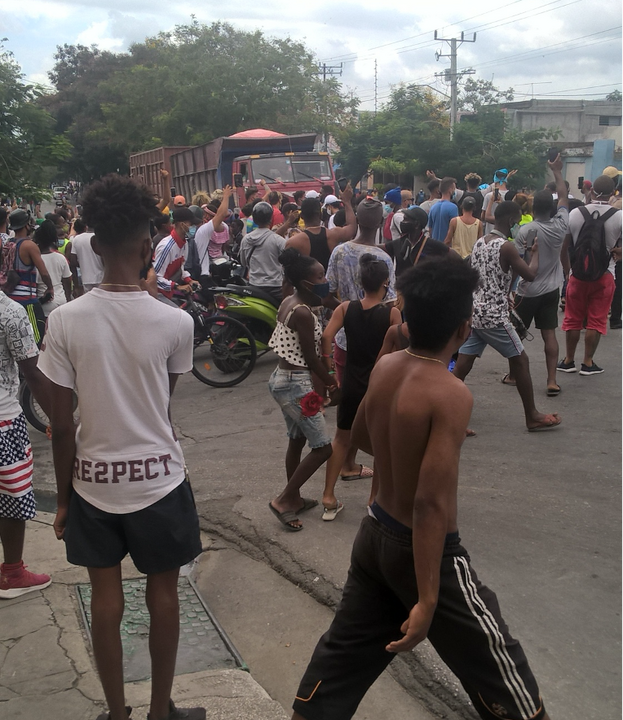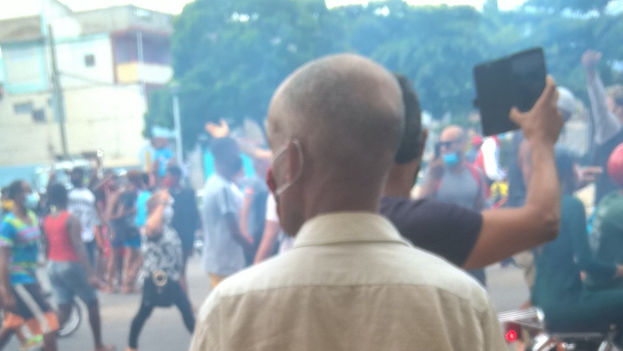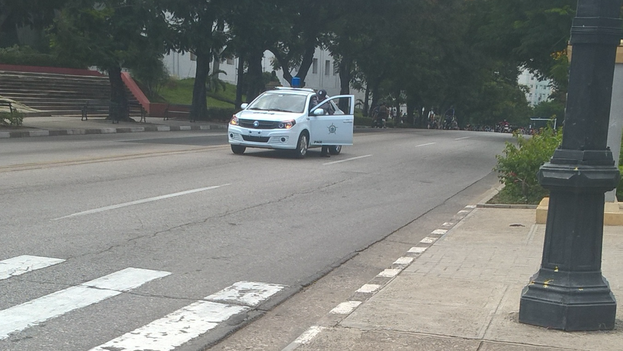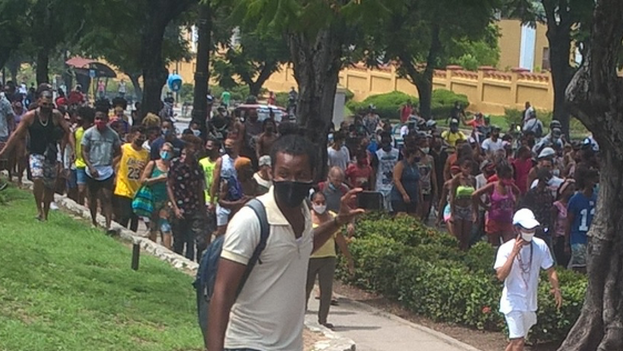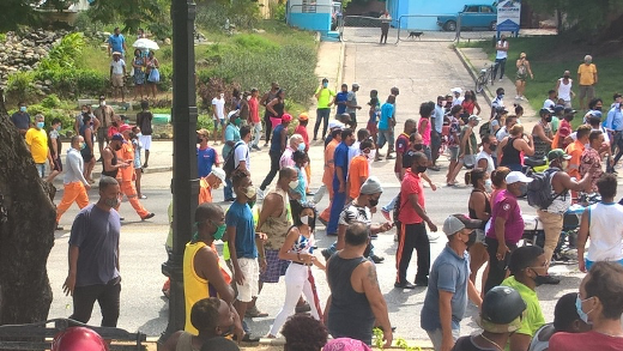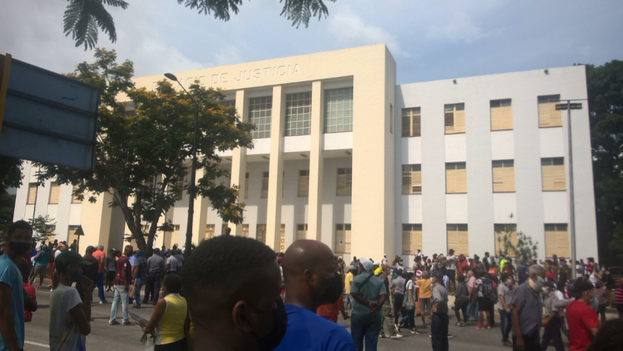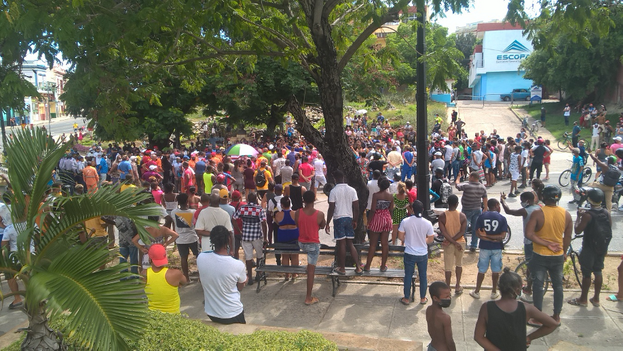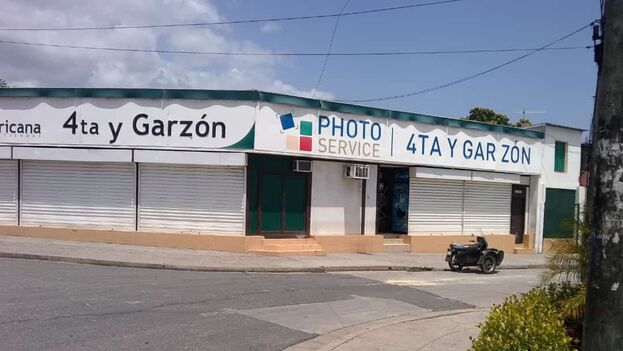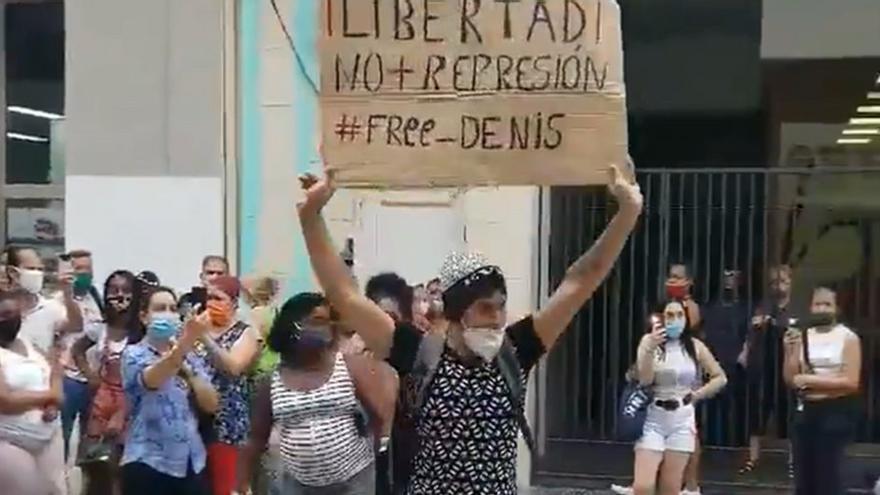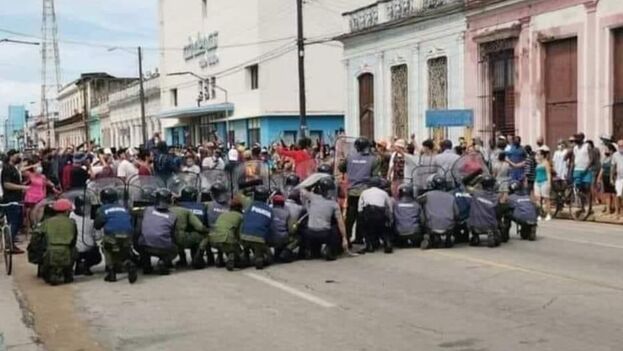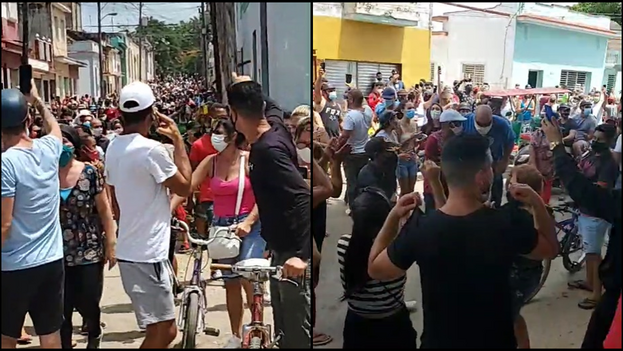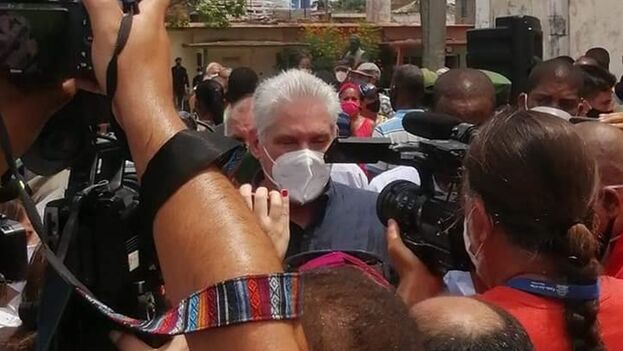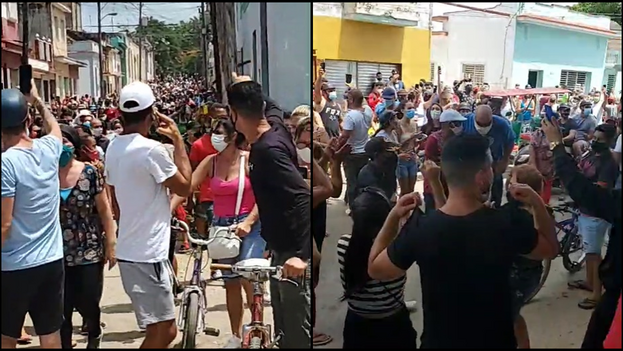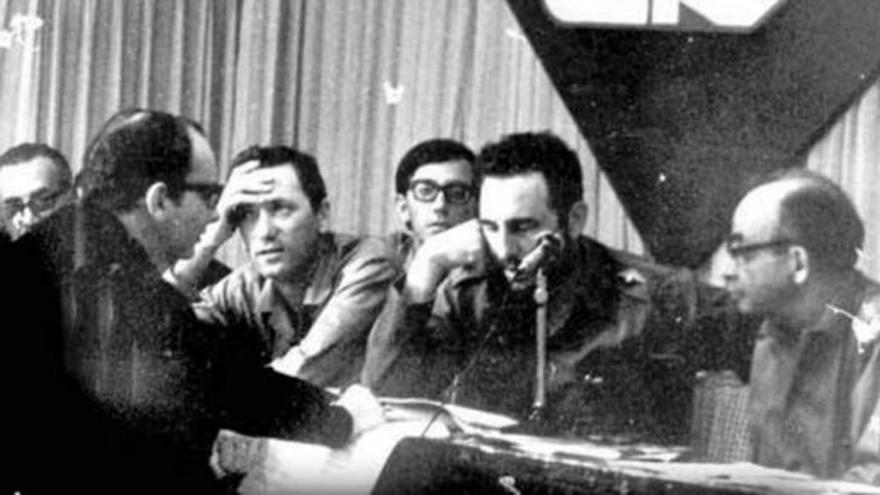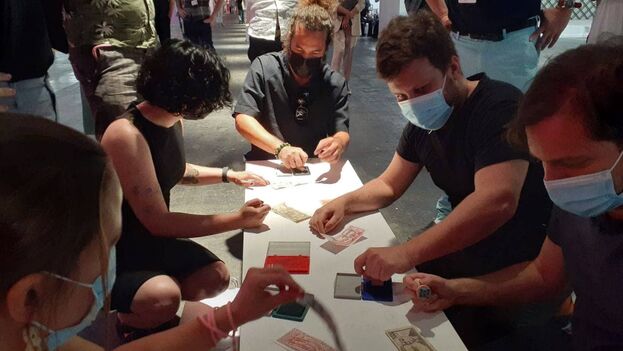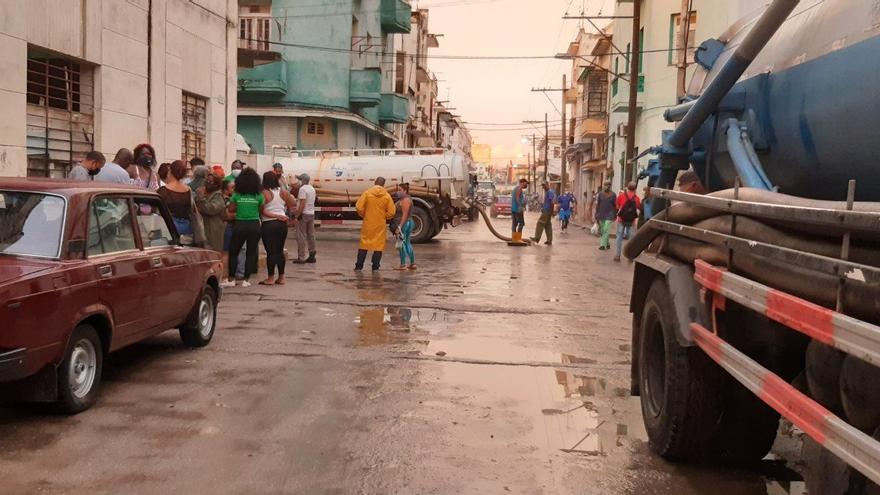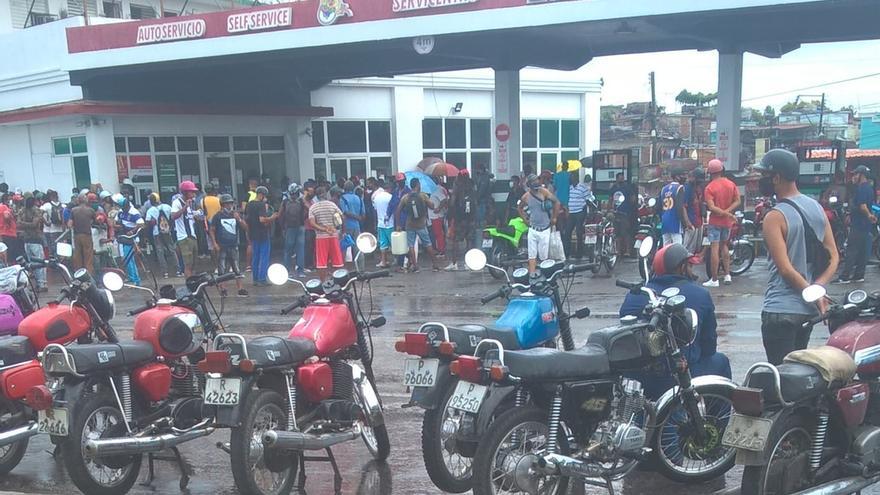
![]() 14ymedio, Reinaldo Escobar, Havana, 11 June 2021 — I bring bad news: the international community, that entelechy supposedly capable of reacting to crises and threats, does not exist. What does exist are the governments of each country and some supranational organizations such as the United Nations (and its dependencies), the Organization of American States, the European Union, the Red Cross and others that would make this a long list.
14ymedio, Reinaldo Escobar, Havana, 11 June 2021 — I bring bad news: the international community, that entelechy supposedly capable of reacting to crises and threats, does not exist. What does exist are the governments of each country and some supranational organizations such as the United Nations (and its dependencies), the Organization of American States, the European Union, the Red Cross and others that would make this a long list.
The complaints of the population surface in social networks which strongly question the presence of Cuban health personnel in other countries, the shortage of elementary medicines, the delay in knowing the result of a PCR test, the shortages of food and cleaning products, the terrible conditions in the places of internment, the arbitrariness of the police. Sometimes protests take to the streets.
When calls are heard for that international community to put into practice an intervention, a ’corridor’, a humanitarian “I don’t know what” to address the multifaceted crisis being suffered in Cuba, it is worth remembering that this would be the institutions that have the resources and the authority to make them available to those in need and that they have rules for doing so. continue reading
Among these rules (some written, others obvious) the most notorious are that the request comes from a legally recognized government or that in a given territory the degree of ungovernability is such that it prevents the protection of human beings. There are painful examples of places where such help never showed up or arrived too late (for example Rwanda and the dismembered Yugoslavia).
If something is not in dispute, it is that the people who occupy government positions in Cuba have control over one hundred percent of the territory and its inhabitants. As long as that condition is maintained, any participation of governments or supranational entities will be conditioned (in order not to violate international law) on the fact that those in command in the country formally request it, after an official declaration of a state of emergency.
The recent measure of increasing the number of quarantine days of Cuban citizens traveling to the island to 14, and reducing their luggage to a single suitcase, illustrates the little sympathy that the bosses have for people’s individual initiatives to help their loved ones. It may seem to you that allowing a free flow from that direction would create undesirable social differences. The morbidity and mortality caused by the pandemic must also pass through egalitarianism.
In countries considered normal there is a network of civil society where churches, fraternal or union organizations have sufficient legal standing to, in parallel with their governments, mobilize solidarity. In this archipelago, customs authorities in air terminals and ports have instructions to cancel these initiatives if they are not “properly channeled” to official entities.
There are then three paths: to pressure the Government to make the proper humanitarian decisions by declaring a state of emergency and formally requesting aid; to overthrow the government; or to believe in miracles.
____________
COLLABORATE WITH OUR WORK: The 14ymedio team is committed to practicing serious journalism that reflects Cuba’s reality in all its depth. Thank you for joining us on this long journey. We invite you to continue supporting us by becoming a member of 14ymedio now. Together we can continue transforming journalism in Cuba.

